According to the data released by the African Development Bank, the electricity connection rate in Africa is only about 40 percent, and the electricity supply is poor and expensive. More than 640 million Africans live in areas without electricity, and 87 percent of those without electricity live in rural areas. Sub-saharan Africa, in particular, has the lowest electricity connectivity in the world, with per capita electricity consumption of only 180 KWH/year.
Energy expert Yamina Saheb, author of the UN climate report, said developing renewable energy is an important strategy for Africa to ease pressure on energy supplies. "African countries are actively developing solar, geothermal and wind power, moving in the right direction to accelerate the deployment of renewable energy." In recent years, in an effort to wean themselves off fossil fuels, African governments have attached great importance to the development of the renewable energy industry, enacted relevant industrial policies and vigorously attracted investment.
Egypt is rich in solar energy resources, with an average sunshine duration of 9 to 11 hours, making it ideal for the development of the photovoltaic industry. Earlier this year, Egypt adopted the Comprehensive Sustainable Energy Strategy 2035, which sets specific targets for the development of the photovoltaic industry. By 2035, Egypt's installed photovoltaic capacity is expected to reach 43 gigawatts, accounting for more than 70% of the total installed renewable power.
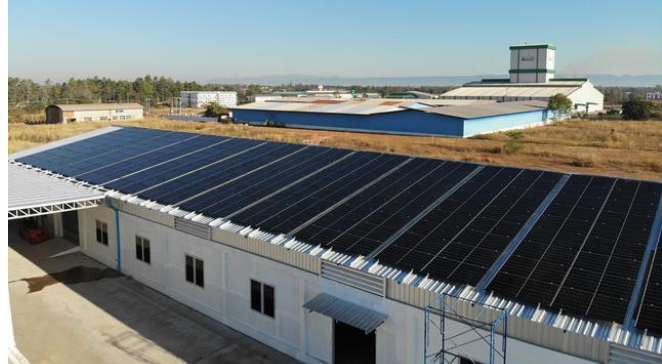
Morocco plans to increase its renewable energy capacity to 12 gigawatts by 2030 to meet growing electricity demand and increase clean energy capacity. The country will increase the share of renewable energy in its total energy mix from 40 per cent now to 52 per cent in the next eight years.
Senegal, with a population of around 16 million, has been growing at a high rate of 6-7 percent in recent years. In order to implement the vision of the Emerging Senegal Plan (PSE) for universal access to energy, Senegal has started to invest in renewable energy. Pv is one of the key development projects, which now account for about 64 percent of the country's renewable energy installations. Since Senegal's PV industry is still in its infancy and the supply chain of the industry is not yet mature, the installation of projects and the procurement of modules are largely dependent on the strength of overseas operators.
South Africa is one of Africa's more developed economies, but its aging power system and over-reliance on fossil fuels have long been a problem. South Africa aims to achieve 27.6GW of cumulative renewable installations by 2030, with PV to achieve 8.2GW of cumulative installations that year. South Africa's Ministry of Mineral Resources and Energy is currently launching the sixth round of the Renewable Independent Power Producer Procurement Program, which plans to purchase 1 GW of PV and 1.6 GW of wind power. The purchase is part of South Africa's recently announced integrated Resource plan, which includes 12 gigawatts of renewable energy capacity.
Kenya's population of about 51 million people is suffering from a lack of electricity. Nearly half of the country's population has no access to electricity, especially in remote rural areas. To solve the problem, the country is not only developing natural gas power generation, but also renewable energy. The country aims to generate 100 percent of its electricity from renewable sources by 2030.
Launched in December 2020, Nigeria's national PV Support program, Solar Home Systems, will see the government install 5 million solar home systems and small grids in underserved or off-grid communities across the country, with the World Bank providing 20% of the funding. The African Development Bank also hopes to boost access to electricity in sub-Saharan Africa, with a fund to support distributed renewable energy and plans to invest tens of billions of dollars in photovoltaic projects.
China's photovoltaic energy to power Africa's electricity reform
As the world's largest renewable energy market and equipment manufacturer, China's photovoltaic industry supplies more than 70 percent of the components in the global market and is expected to meet the demand for renewable energy in various application scenarios in international markets, including Africa. China ranks first in the world in the development and utilization of renewable energy. By the end of 2021, China's renewable energy power generation total installed capacity of 1 billion + kw, accounts for the proportion of the national total installed capacity of 43.5%, not only for the domestic green low carbon energy transformation provides a powerful support and explore more rich with economic, environmental, and social multiple benefits application form and business and development mode of cooperation, It has accumulated experience in a series of innovative applications such as photovoltaic poverty alleviation, photovoltaic agriculture, photovoltaic anti-epidemic equipment, solar household systems, and photovoltaic parks. The application of renewable energy is the most economical way to achieve universal access to electricity in most parts of Africa. As the most important investment partner in Africa's energy infrastructure and a major renewable energy power, China will play an important role in promoting the multi-scenario application of renewable energy in Africa.





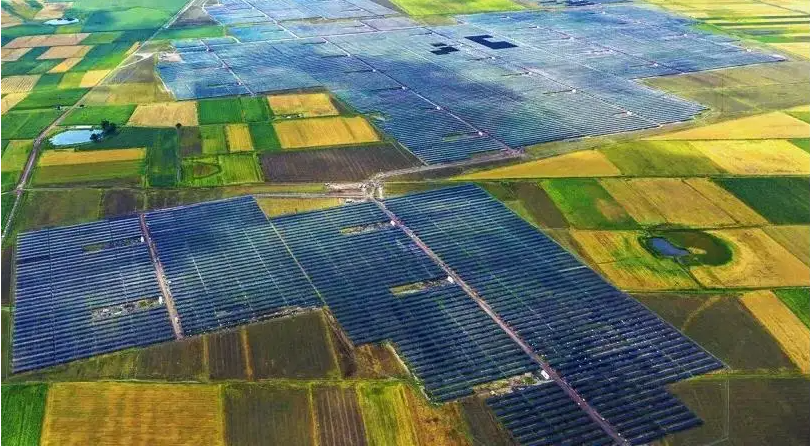
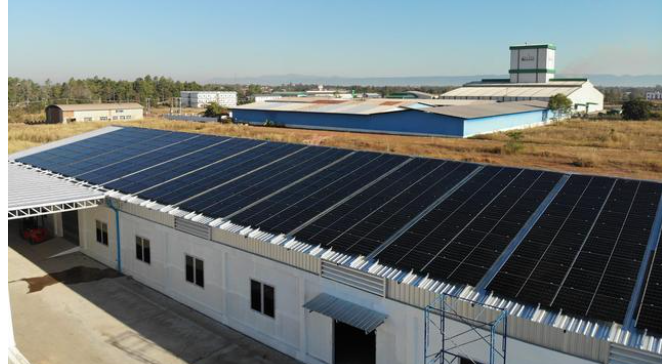
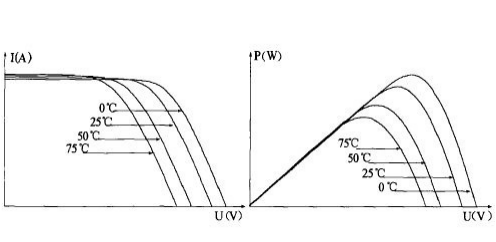
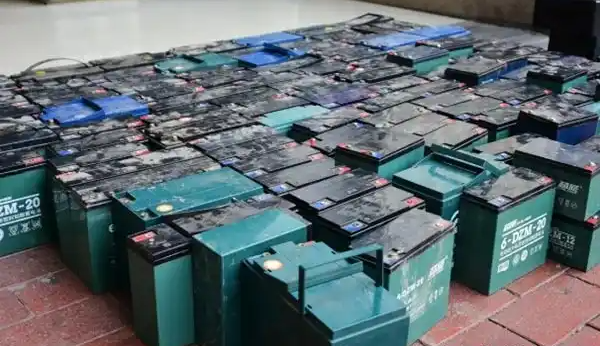
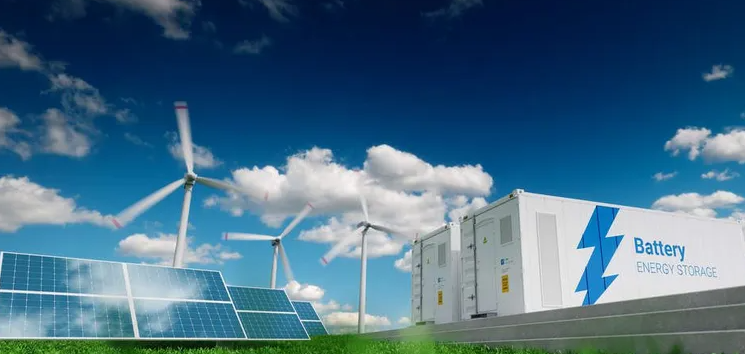
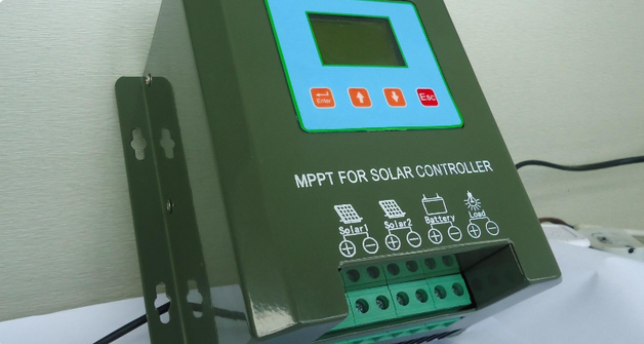
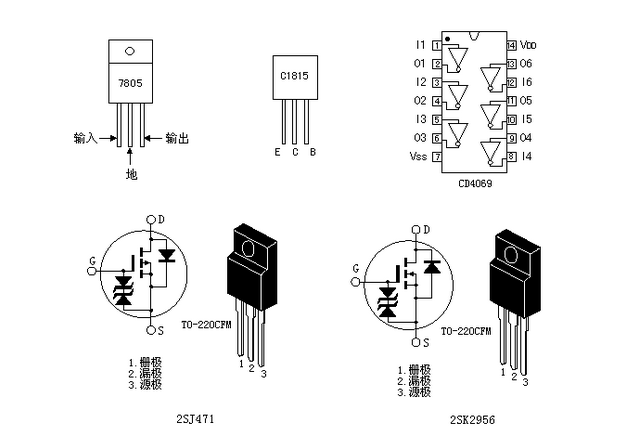



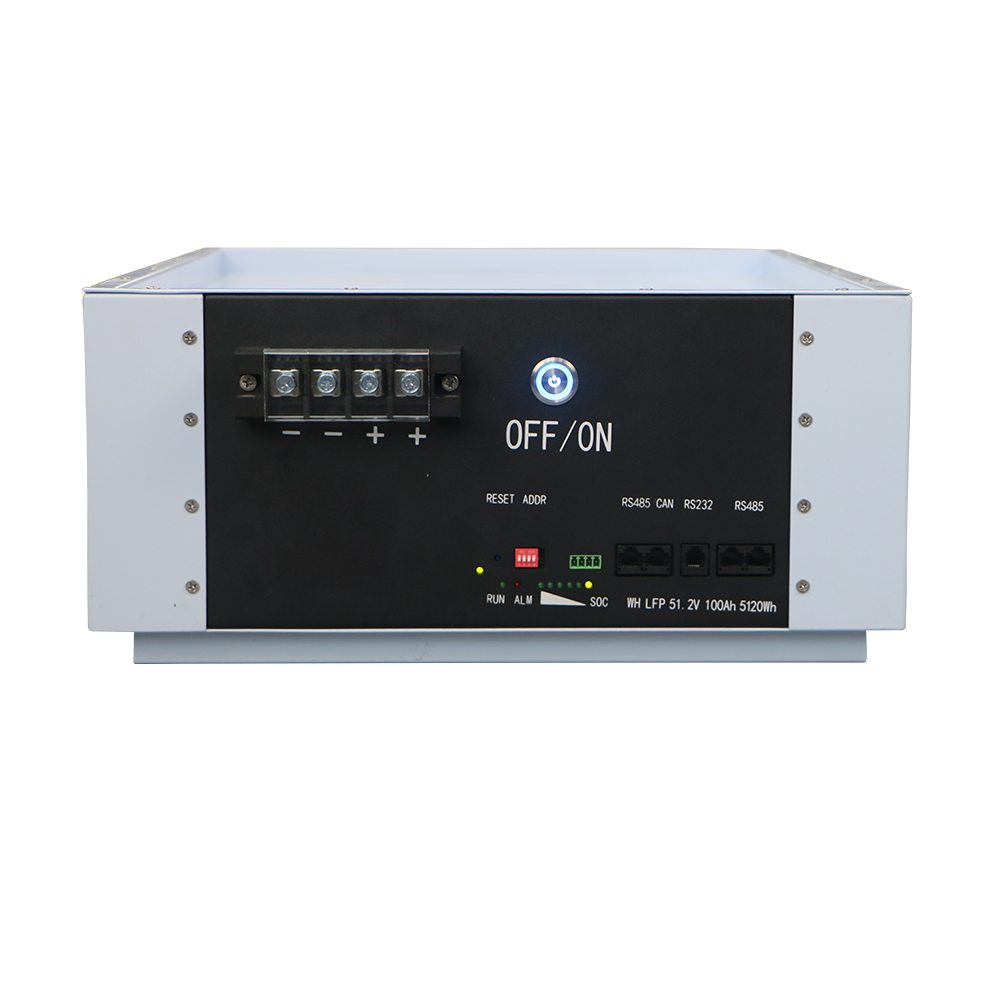
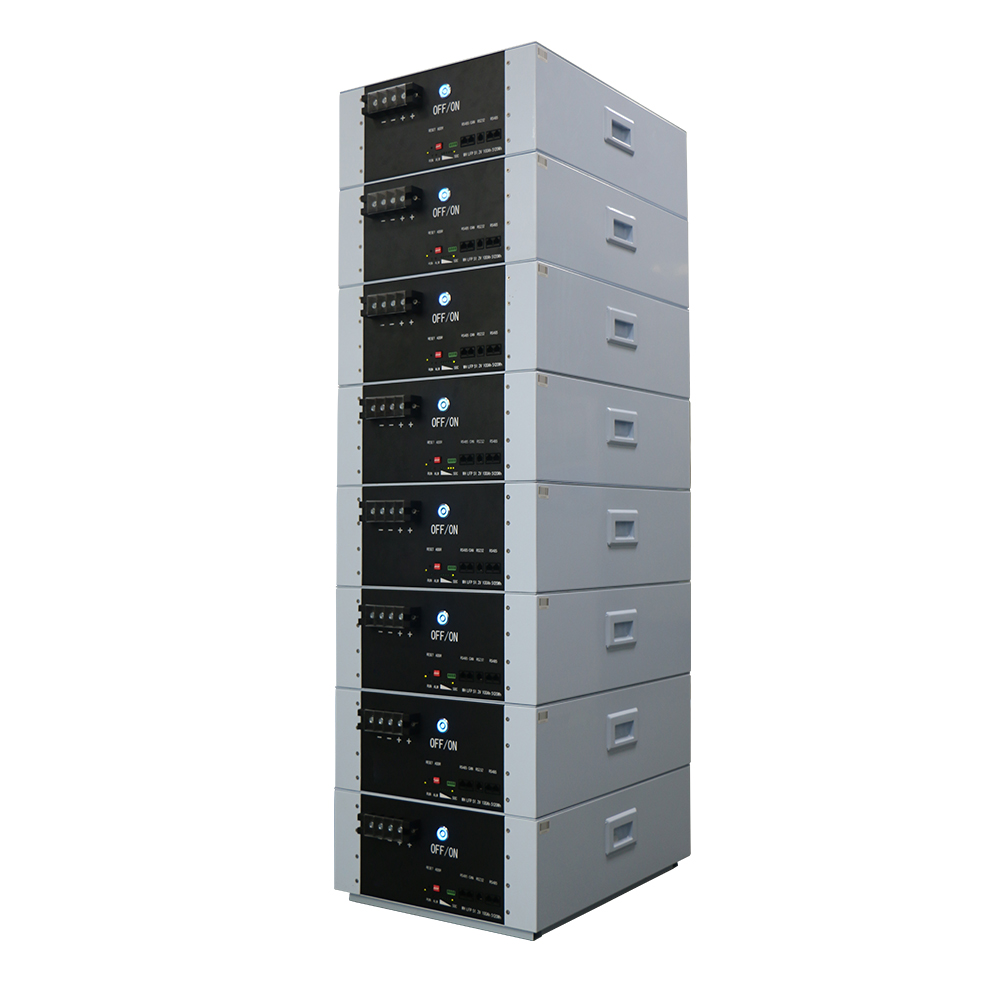

 lankecms
lankecms
 Lankecms
Lankecms
